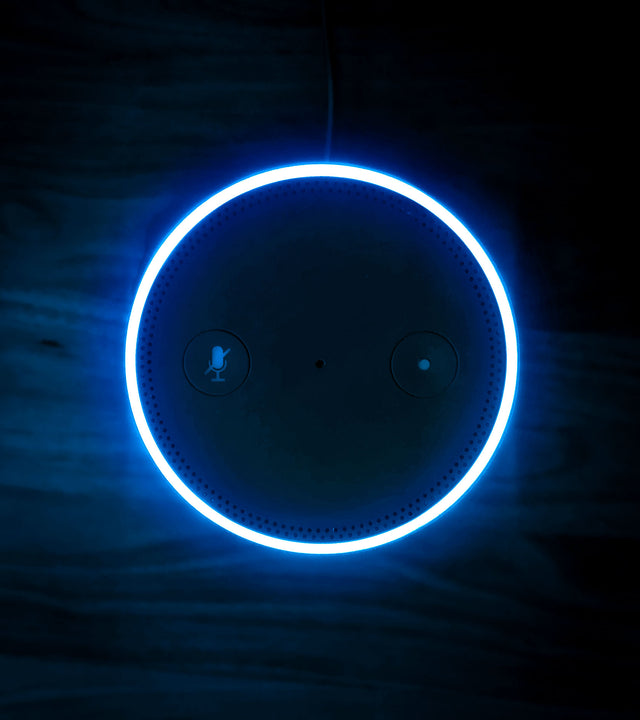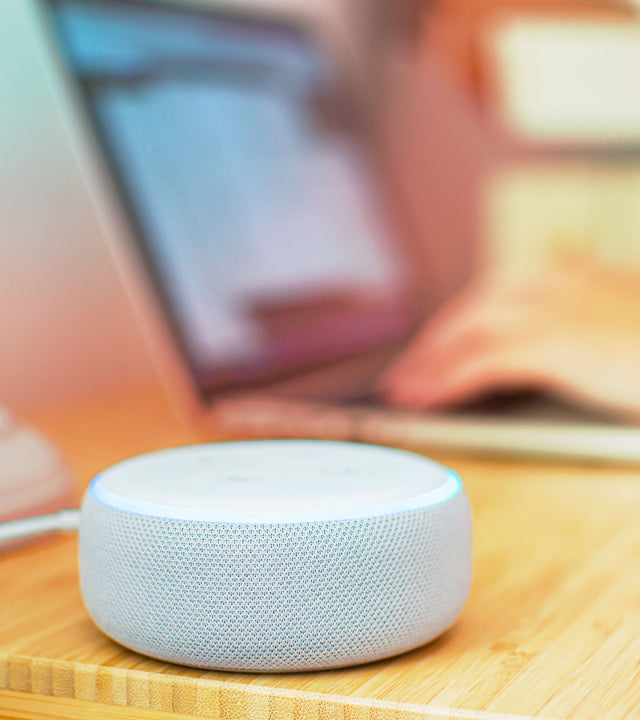Voice - Bet on it
User interfaces make it possible to use today’s technology. They’re the things people use every day, from computer screens to phone keyboards, and they’re found in more complex machines as well. As technology advances, adoption rates are higher when UIs are more focused on the users themselves. VUI, or voice user interface, has recently become more popular. Through the power of speech recognition software, users can interact with devices via voice command. Siri, Alexa, and other virtual assistants have made VUI commonplace. Consumers expect a fluent, conversational tone in these devices, but realistic expectations are important as well. Here, business owners and consumers will learn why voice enabled smart devices are here to stay.
What’s Great About VUI
To create an effective voice user interface, a company must understand its target market, what it’s looking for in a virtual assistant, and perhaps most importantly, what they want to avoid. VUIs provide benefits not found in other UI forms, such as those listed below.
- Tone: Today’s voice user interfaces allow brands to reach users with humor. For instance, Siri beatboxes; Alexa is fluent in pop culture. A tone with personality allows users to overlook minor hiccups in their use of a VUI. When virtual assistants sound more like humans, customers are more likely to use a certain service or device.
- Convenience: The best voice user interfaces need nothing more than a command to answer questions or perform tasks. Cooks can set a timer without touching their phones, and hikers can check the forecast on the way out. VUIs are typically found in always-connected devices, which are quickly becoming an indispensable part of everyday life.
What’s Not So Great
As touched on before, VUI implementation comes with its share of challenges, and problems often come when developers don’t understand human psychology well enough. To minimize consumer frustration and increase adoption rates, consider the following challenges inherent in virtual assistants.
- Retention: While Amazon’s open-source platform makes it easy for third-party development teams to create new skills for the Echo, there aren’t many online reviews of these thousands of skills. When systems are more humanized and easy to use, adoption rates are higher.
- Limitations: When they interact with machines, people must change the way they communicate. Most aren’t accustomed to strict speech patterns, as required by some VUIs. However, if they understand what their devices can and can’t do, they’re less likely to become frustrated when a virtual assistant doesn’t finish a task.
How GDPR Will Change the VUI Integration Process
In the recent past, user privacy issues have come to the forefront. After Cambridge Analytica, many believe that Alexa, Google Home, and other devices may be listening to private conversations as the GDPR deadline looms. Consumers want to know what these devices record and store, and they’re particularly concerned about how companies use their data. As issues like this continue, users trust these devices less and less. Adoption rates now depend largely on customers’ perceptions as far as privacy is concerned.
Improved Customer Service
Voice tech has already affected the customer service industry, and conversational UIs will bring even greater changes in the future. A good example is how call centers use voice recognition to sharpen their conversational skills. While human connections are always preferred, voice interfaces can augment these connections. It remains to be seen which firms will embrace such technology, and how it will affect their customers’ experience. One thing is certain, however: investments in VUIs now can help companies save money in the future, when customers become more comfortable with virtual assistants.
What’s Next for VUI Technology?
VUI-based systems have one all-encompassing goal; to offer an immersive, nuanced, and humanized experience. While there’s still a long road ahead, current technology allows developers to create more human-like software and complex algorithms. With these advancements, companies have gained more opportunities to help users save time and frustration.
Don’t Let the Company Lose its Voice
The primary roadblock to widespread VUI acceptance and implementation is that development teams are required to adapt their communication styles to accommodate a device’s limitations. For the user, such limits make interactions tedious at best and impossible at worst. To make user experiences seamless, companies must develop machines that can understand tone, attitude, and context, and can understand users’ intentions based on previous behaviors. When companies don’t rely on pre-programmed scripts, they retain their unique, brand-centric voices. Keep coming back to learn how we’re just scratching the surface of what these devices can do, and find out how to keep pace with the changes.







0 Comments
There are no comments for this article. Be the first one to leave a message!